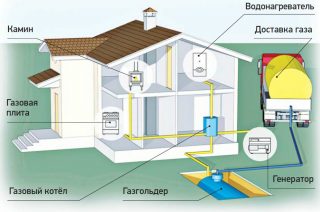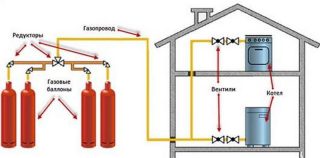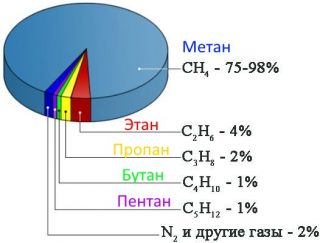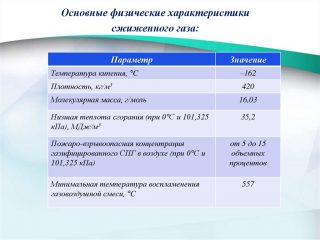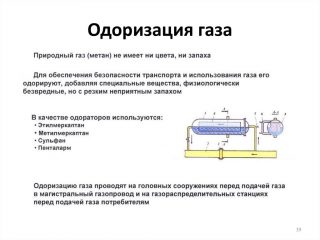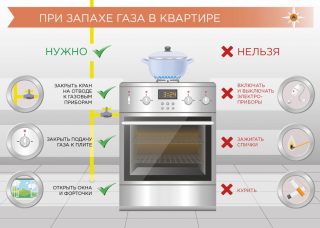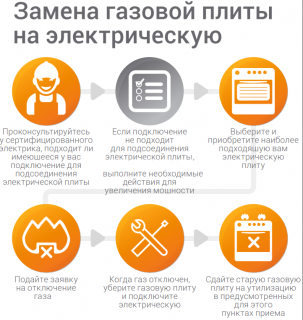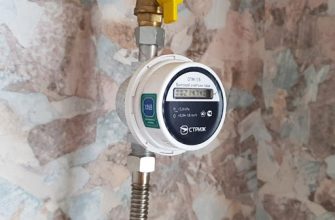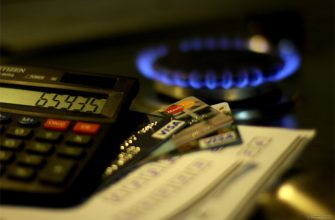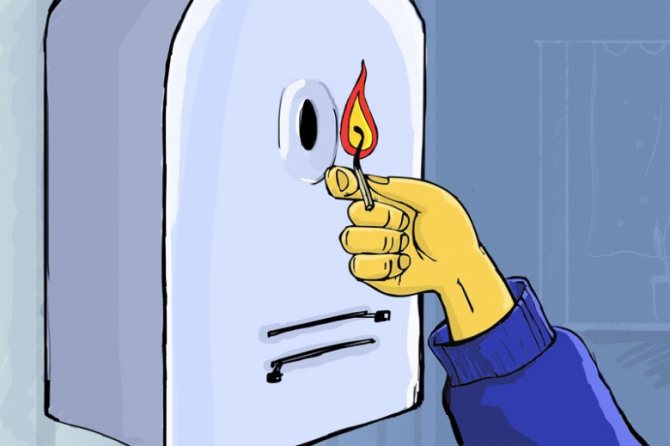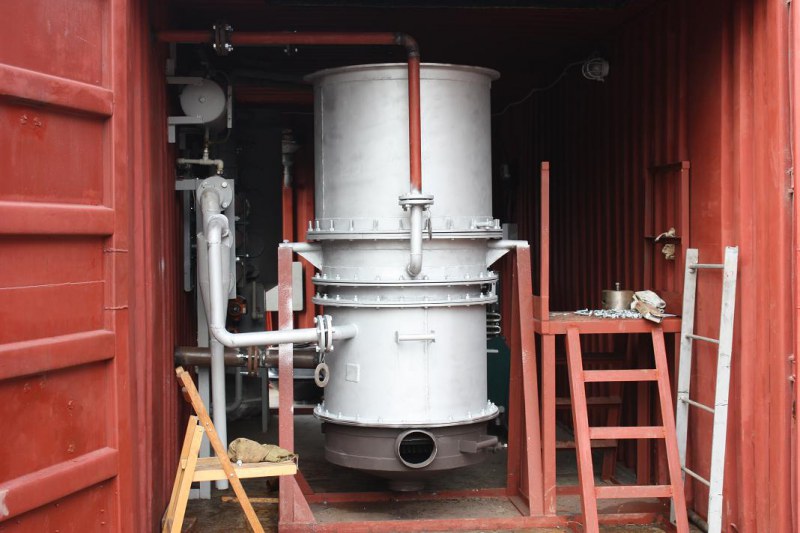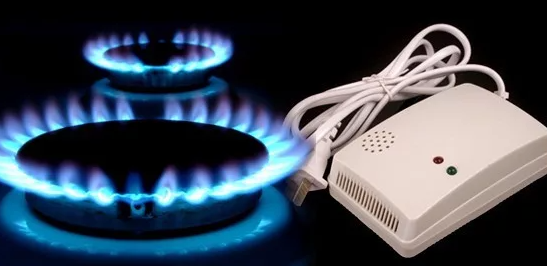Natural gas undergoes a series of modifications before being used in a home. The combustible mixture is cleaned of harmful impurities, combined with additives to give a smell, to increase the efficiency of combustion. Fuel goes through the highways, is supplied to gas tanks, some use a gas cylinder in a private house. The composition of the mixture differs depending on the mining area.
- Gas supply of residential buildings
- Main gas
- Gas holder
- Balloon
- Varieties of household gas
- Natural
- Liquefied
- Composition and pressure of gas in apartments
- Burner flame color
- The danger of natural gas
- Toxicity
- Explosion hazard
- Rules for the operation of gas equipment
- Causes of gas explosions in homes
- Is it possible to refuse gas
- Where to go
- How to get permission
- How to turn off the gas
Gas supply of residential buildings
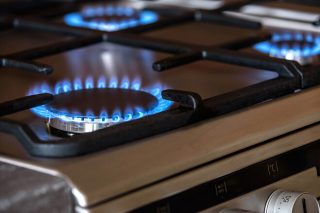
Several types of gas fuel are used in homes. Natural blend combines different hydrocarbon compounds, among which there are methane and propane.
Gas supply consumers:
- through pipelinesdirectly supplying fuel to household units (columns, stoves, generators, etc.);
- by land transportation with the help of cylinders and gas holders (specialized containers).
In tanks, the mixture is transported liquefied, the conversion process differs depending on the type of gas. For the reverse transformation, the consumer just needs to open the bottle valve in the kitchen. The system of closed containers is relevant if it is economically unprofitable to conduct a highway to private houses.
Main gas
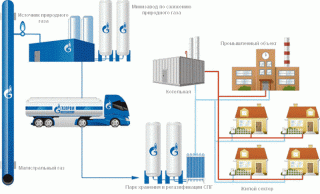
The system provides gas distribution facilities:
- pipelines - aboveground, underground, on embankments (dams);
- leading and interval compressor stations, drying and cleaning stations;
- gas distribution network installations on the final branches, reducers;
- underground repositories.
Build lines from steel pipesthe diameter of which is provided up to 142 cm, and the planned pressure inside is 10 MPa. The gas distribution system conducts 50-60 billion cubic meters of fuel per year.
On all objects of the structure works automation, supervises and controls the work dispatcher network.
Gas holder
Distinguish two types of gas tanks:
- Variable volume. In them, the gas has a pressure close to that existing in the atmosphere, and its temperature is equal to that of the ambient air. The containers change their volume with the arrival of a new portion of gas or when pumping out. The material of the walls is rubberized material, rubber, reinforced concrete, metal.
- Constant volume. They are made underground, aboveground, spherical or cylindrical, inside the fuel has a pressure of up to 1.8 MPa. Structures are horizontal and vertical.
Distinguish by volume household based on a group of cylinders - 100 - 500 l, cylindrical for summer cottages and country plots 10 - 20 m³, industrial gas supply - 20 - 50 m³.
Balloon
The types are used:
- welded - the structure contains a bottom, a shell, a neck;
- seamless - consist of a bottom, a cylinder, a neck.
Cylinders periodically check, do technical examination... Containers that have not passed the test are not used. When transporting, rubber rings are put on the container for safety.
Varieties of household gas
The energy carrier for home use ignites quickly, includes a minimum amount of particulate matter, and burns without soot and smoke. The composition contains a combustible mixture, a small amount of modifying additives.
There are two types of household gas in an apartment:
- natural;
- liquefied.
The quality of gas fuel, the rate of concentration of impurities for a natural species is regulated in GOST 55.42 - 1987, and for LPG - in GOST 20.448 - 1990.
Natural
Natural fuel characteristics:
- density in dry gaseous form - 0.68 - 0.85 kg / m³, in liquid - 400 kg / m³;
- ignites on your own with + 650 ° C;
- starts evaporate at + 161.5 ° C;
- with air it becomes explosive at concentration 4,4 – 17% from the volume.
The air is heavier natural gas mixture 1.8 times, so in the event of a leak, gas risesrather than going downstairs.
Liquefied
Technical indicators:
- density 0.41 - 0.5 kg / l, the value changes with changes in temperature, pressure;
- boils at a temperature -158° – -163°FROM;
- liquefied non-toxic, non-aggressive and non-explosive.
At normal temperature and pressure liquid turns into gas and mixes with air... If at this time there is contact with an open fire, the substance ignites. Convey the liquid mass to gas carriers with cryogenic containers... After restoration, it can be moved in gas pipelines.
Composition and pressure of gas in apartments
Pressure indicators for different objects gas consumption:
- cities and towns, residential sector - 0.05 - 3 kgf / cm²;
- supply of the industrial region - 6 kgf / cm²;
- gas supply between cities - 12 kgf / cm².
The pressure in different sections of the pipes is determined by GOST. Household gas contains propane, water vapor, methane, hydrogen sulphide, carbon dioxide. For the smell, odorants are added: ethanethiol and ethyl mercaptan to be able to detect the leak.
Burner flame color
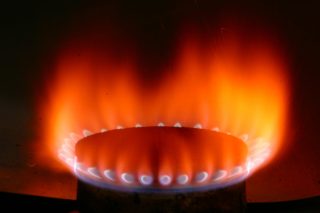
The color of the fire in the burner differs depending on the quality of the blue fuel. Pure gas burns bluish uniform flame without adding other shades.
Flame color meaning:
- yellow reeds - impurities are present;
- orange glimpses - oxygen has entered the system, dust, soot are mixed;
- red fire indicates an increased release of carbon monoxide into the air.

The danger of natural gas
If in the air gas content exceeded, such an atmosphere can cause poisoning... Dangerous concentration in the presence of a spark causes an explosion, leads to fires and destruction of house structures.
Any energy is dangerous if you do not control the serviceability of the devices. A mixture of air and gas becomes explosive when a certain percentage in the room atmosphere is exceeded.Flavors are introduced into the mixture so that, in the event of a leak, a person can determine the presence of gas already in a volume not exceeding 1/5 of the lower explosion concentration.
Toxicity
Symptoms of mild poisoning:
- knocks at the temples;
- chest pain and dry cough appear;
- watery eyes, nausea;
- auditory and visual hallucinations sometimes occur;
- the heart beats faster, blood pressure rises.
In case of severe poisoning happens loss of consciousness, begin convulsions, is developing coma, comes paralysis... To avoid such troubles, it is necessary to install recognition automatic sensorsthat can turn off the feed.
If you smell gas, a person must immediately turn off the gas in the apartment, call the emergency service.
Explosion hazard
All adults and children should know rules of conduct for the smell of gas:
- close the valve or supply valve;
- open windows, doors, create a draft;
- call specialists.
Compliance with safety rules, timely check of hoses, burners, units will preserve the integrity of the premises and health.
Rules for the operation of gas equipment
The procedure for working with gas appliances is simple, but each user must follow simple conditions. Cylinders with content or empty stored outdoors. When cooking are next to the stove, make sure that the boiled liquid does not extinguish the fire, and did not cause unburned gas to flow.
Rules for the operation of HE:
- Cylinders are placed in casings, boxes no closer than 5 m from the entrance to the house, and supplied with a sign “Flammable. Gas"... They are equipped with ventilation grilles and locked.
- It is forbidden to use stoves, gas appliances if there is a smell of gas, or the characteristic hiss of the escaping jet is heard.
- Do not connect gas equipment with a tool that generates sparks. The tightness of the joints is checked with soap foam, but not with a burning match or lighter.
Causes of gas explosions in homes
It is best to put a special alarm system for increased concentration of carbon monoxide or household gas in the atmosphere... The signal will be transmitted to gas service workers and rescuers.
The main causes of emergency:
- deterioration of common house and intra-apartment pipes;
- faulty devices;
- human negligence.

Is it possible to refuse gas
there is conditions for termination of the contract deliveries:
- subscriber paid consumption in full gas at the tariff;
- paid shutdown costs a specialized organization;
- intelligence service made deactivation certificate with mutual signatures.
Tubes are dismantled or plugged. In the second option, the tenant provides access to the apartment every six months to check the condition.
Where to go
To terminate the contract go to territorial area of gas facilities, write a statement outlining the disconnect request. Take with them passport and receipts for payment for gas and services for dismantling gas pipes... The reason for the shutdown is indicated in the text of the application. Sometimes the supply is interrupted only for a certain period, for example, when moving to a dacha, a long trip abroad.
Often, not the entire pipeline in the apartment is turned off, but only one branch... For example, they leave the supply of the gas column, but turn off the stove.
How to get permission

Dismantling of the gas pipeline is associated with the preparation of a new project on laying pipes for other residents in the house, therefore, such redevelopments are discussed in the drawings. The documentation is certified by a special department of the gas department, then a permit is issued to turn off the gas.
The house is being examined condition of wiring... Connecting an electric stove causes an increase in power, so the wiring sometimes does not stand up and burns. Required conclusion of the technical service of electricians on the condition of the wires, the possibility of increasing the load.
How to turn off the gas
After completing all the documents, project, permission, a representative of the engineering and technical service contacts the user, specifies the time of work on dismantling gas pipes in a separate apartment.
On the day of work, a contract is signed with the client, sometimes payment is made on the spot using a portable cash register. A civil service worker takes a meter reading, then welds the pipe. After shutdown, an act of completed work is issued. Such work cannot be carried out independently.

